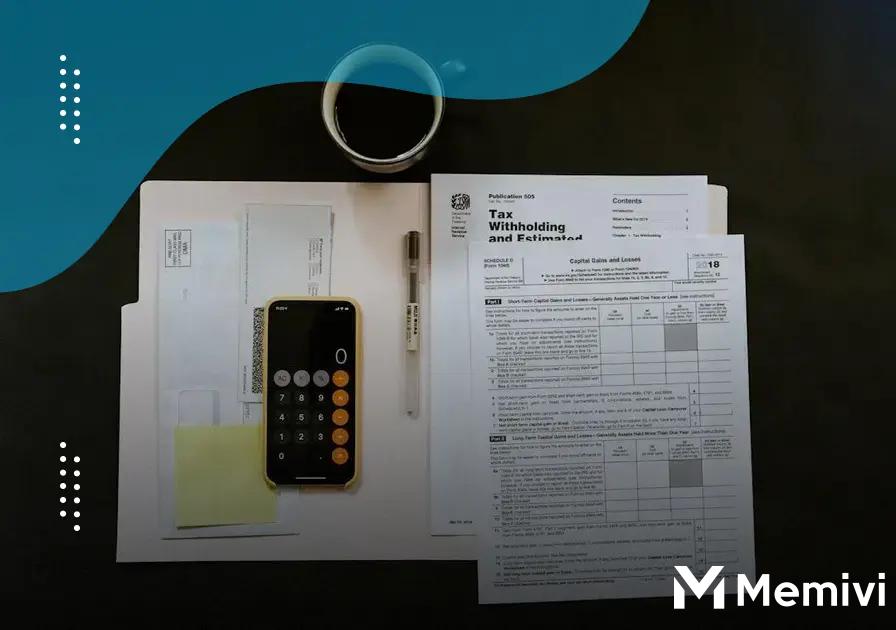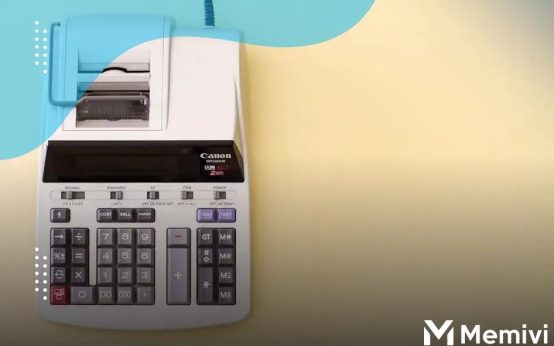
Council tax bands are determined based on the estimated value of your property at a certain point in time. Let’s explore how these bands are categorized and what they mean for your payments.
What Are Council Tax Bands?
In the United Kingdom, the value of property plays a pivotal role in determining the council tax band for a home. These bands are essential for calculating how much council tax a household is liable to pay. Established in 1991, council tax bands group properties based on their market value estimated from that time. This classification helps ensure there is a fair distribution of the local taxation burden across all properties.
The council tax operates in a tiered system, ranging from Band A to Band H, each representing a fixed range of property values. Band A includes the least expensive homes, while Band H includes the most expensive. The local council assigns these bands, helping them calculate the amount each household is required to pay, which funds essential services like waste management, policing, and education.
It’s noteworthy that the England, Wales, Scotland, and Northern Ireland may have variations in how these bands are calculated and applied, which means the specifics of council tax bands can differ slightly depending on the region. Therefore, understanding your exact band is crucial to ensure you are not overpaying on your council tax. Uncovering errors in banding or outdated estimates could lead to adjustments and potential refunds.
The Impact of Property Valuation
The valuation of a property plays a crucial role in determining which council tax band it will fall into. In the UK, properties are assigned to specific tax bands based on their estimated value at a set point in time. This valuation affects the amount of council tax that residents need to pay annually.
One of the key aspects of property valuation is that it considers the value of the property as of April 1, 1991, in England and Scotland, and as of April 1, 2003, in Wales. Therefore, changes in the property’s value since those dates might not be reflected in your current council tax band.
This can be significant for homeowners who have made substantial renovations or live in areas experiencing rapid property value appreciation. They might find that their home’s value has increased significantly, potentially placing it in a higher tax band if it were valued today.
Another factor to consider is how market fluctuations might not be accurately represented. Local authorities use historical data for valuations, which could mean they’re not aligned with current market realities. As such, there’s a potential mismatch between current property values and assigned tax bands, affecting what householders are required to pay.
Understanding how property valuation impacts your council tax band is essential. By knowing this, you can take informed steps to verify that you are in the correct band, potentially saving money on your council tax bill.
How to Check Your Council Tax Band

To check your council tax band, you’ll need to use an official online service, such as the one provided by the Valuation Office Agency (VOA) in England and Wales or the Scottish Assessors Association in Scotland. Start by visiting the respective website and entering your property details to get the band information.
Finding Your Property Information: Begin by locating your property’s unique reference number, often found on the council tax bill or by performing a postcode search on the VOA website. This number ensures you get the most accurate information.
Once you have your reference number, input it into the search tool available on the site. This will bring up the current valuation band assigned to your property.
Cross-Referencing with Nearby Properties: After identifying your band, check similar properties in your area to see if they fall within the same band. Use online property databases or even the council tax band checker to compare.
It’s vital to keep an eye on any discrepancies. If your home is in a higher band than similar properties nearby, you might be able to challenge the valuation.
Be aware that council tax bands are primarily based on the price your property would have sold for in April 1991 in England and Scotland, or 2003 in Wales. Understanding this can better inform whether your band is accurate.
Steps to Challenge Your Council Tax Band
Challenging your council tax band can seem daunting, but taking the right steps can make the process more manageable. The first step is to gather the necessary evidence. This includes checking the band of similar properties in your area using the UK Government’s council tax band search tool. Compare properties that are similar in size and type to your own.
Next, review the original valuation information. If possible, locate the details of your property’s valuation from 1991, which was the baseline year for the current band assignments. While challenging, some historical price databases might provide insights.
Contacting the Valuation Office Agency (VOA)
Once you have your evidence, contact the Valuation Office Agency (VOA) to discuss your concerns. You can do this online or by phone. Provide all your researched information and documents as evidence.
If the VOA agrees your band might be wrong, they may conduct a revaluation. Be prepared for a site visit if necessary. Meanwhile, ensure you’re confident with your evidence as a revaluation can result in either a higher or lower band.
Finally, you have the option to formally appeal if you are dissatisfied with the VOA’s decision. This involves submitting your evidence to the Valuation Tribunal Service. Be aware of the deadlines for appeals and ensure you have prepared a thorough case.


 Smart Energy Switching in the UK: Beyond the Big Six and Finding Green Tariffs <p class='sec-title' style='line-height: normal; font-weight: normal;font-size: 16px !important; text-align: left;margin-top: 8px;margin-bottom: 0px !important;'> Smart energy switching in the UK is transforming how consumers interact with their energy providers. </p>
Smart Energy Switching in the UK: Beyond the Big Six and Finding Green Tariffs <p class='sec-title' style='line-height: normal; font-weight: normal;font-size: 16px !important; text-align: left;margin-top: 8px;margin-bottom: 0px !important;'> Smart energy switching in the UK is transforming how consumers interact with their energy providers. </p>  Demystifying Funerals in the UK: Financial Planning for End-of-Life Costs <p class='sec-title' style='line-height: normal; font-weight: normal;font-size: 16px !important; text-align: left;margin-top: 8px;margin-bottom: 0px !important;'> Let's explore UK funerals, with expert insights to assist you in navigating this sensitive time with grace and poise. </p>
Demystifying Funerals in the UK: Financial Planning for End-of-Life Costs <p class='sec-title' style='line-height: normal; font-weight: normal;font-size: 16px !important; text-align: left;margin-top: 8px;margin-bottom: 0px !important;'> Let's explore UK funerals, with expert insights to assist you in navigating this sensitive time with grace and poise. </p>  Pensions for the Self-Employed in the UK: Building Your Retirement Pot Without a Workplace Scheme <p class='sec-title' style='line-height: normal; font-weight: normal;font-size: 16px !important; text-align: left;margin-top: 8px;margin-bottom: 0px !important;'> Exploring pensions for the self-employed in the UK is crucial for securing a stable financial future. </p>
Pensions for the Self-Employed in the UK: Building Your Retirement Pot Without a Workplace Scheme <p class='sec-title' style='line-height: normal; font-weight: normal;font-size: 16px !important; text-align: left;margin-top: 8px;margin-bottom: 0px !important;'> Exploring pensions for the self-employed in the UK is crucial for securing a stable financial future. </p>